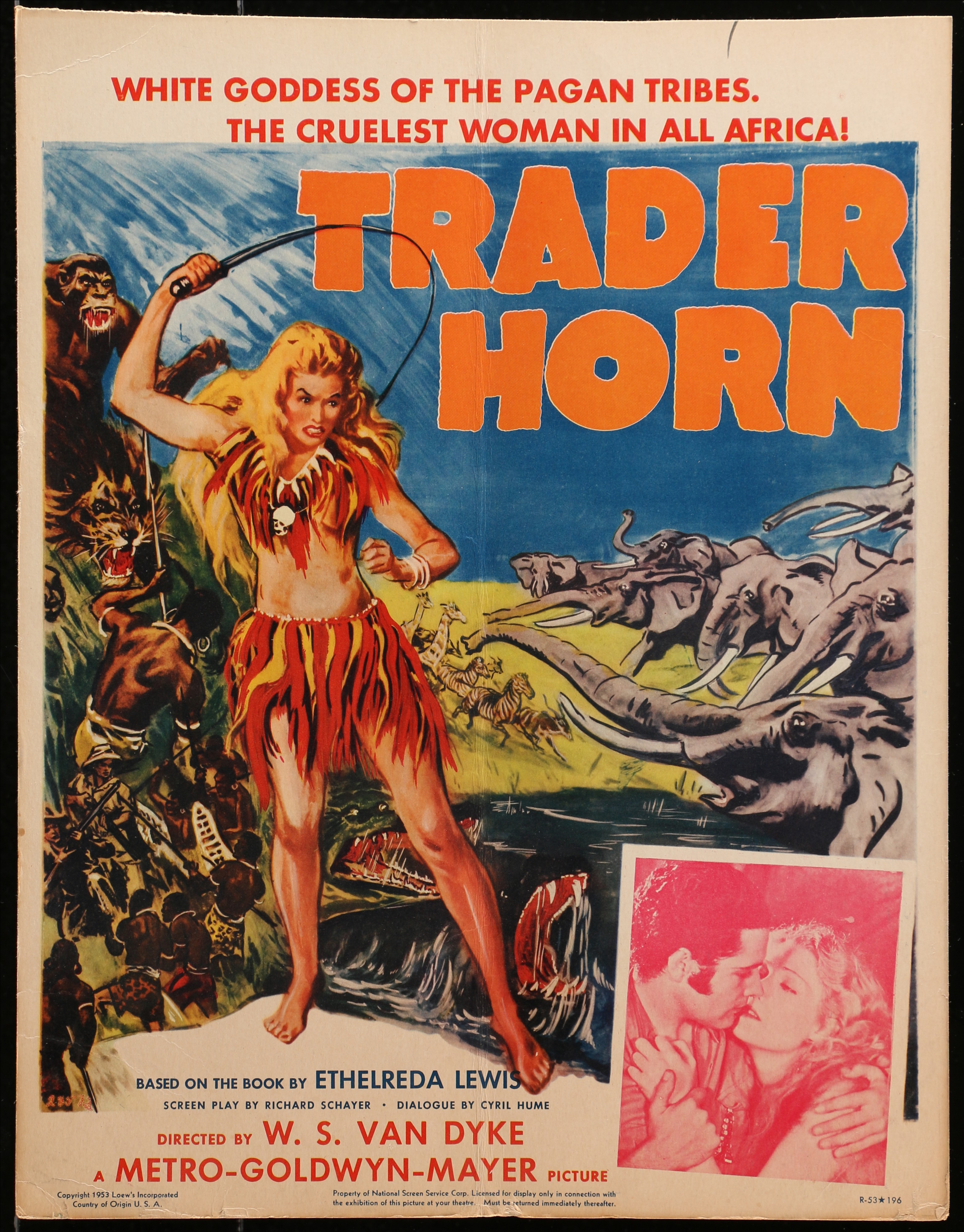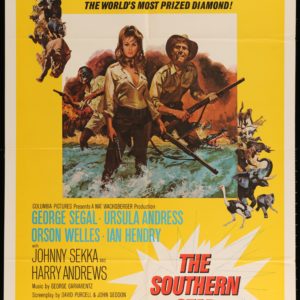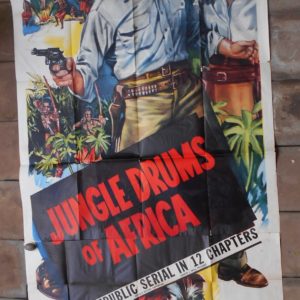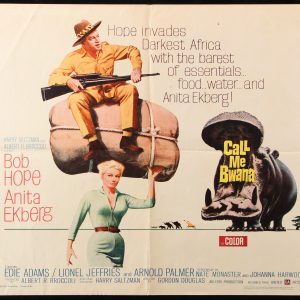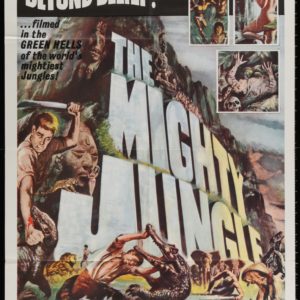Description
Trader Horn is a 1931 American Pre-Code adventure film directed by W.S. Van Dyke and starring Harry Carey and Edwina Booth. It is the first non-documentary film shot on location in Africa. The film is based on the book of the same name by trader and adventurer Alfred Aloysius Horn and tells of adventures on safari in Africa.
The film’s dialogue was written by Cyril Hume. John Thomas Neville and Dale Van Every wrote the adaption. Trader Horn was nominated for the Academy Award for Best Picture in 1931. Edwina Booth, the female lead, contracted a career-ending illness while shooting, for which she sued producers Metro-Goldwyn-Mayer.
Plot
The film depicts the adventures of real-life trader and adventurer Alfred Aloysius “Trader” Horn, while on safari in Africa. The fictional parts of the plot include the discovery of a white blonde jungle queen, the lost daughter of a missionary, played by Miss Booth. The realistic part includes a scene in which Carey as Horn swings on a vine across a river filled with genuine crocodiles, one of which comes very close to taking his leg off.
Cast (in credits order)
Harry Carey as Aloysius ‘Trader’ Horn
Edwina Booth as Nina Trent, The White Goddess
Duncan Renaldo as Peru
Mutia Omoolu as Rencharo, Horn’s native translator and majordomo
Olive Golden as Edith Trent
Bob Kortman (scenes deleted)
Marjorie Rambeau Edith Trent (scenes deleted)
C. Aubrey Smith as St. Clair, a Trader (uncredited)
Riano Tindama as Witch Doctor (uncredited)
Production
Many accidents occurred during filming in Africa. Many of the crew, including the director, contracted malaria. An African crewman fell into a river and was eaten by a crocodile. Another was killed by a charging rhinoceros. The rhinoceros was captured on film and the scene was used in the final print. Swarms of many insects, including locusts and the-tse flies, were common and cast and crew was perpetually bitten or stung.
Female lead Edwina Booth became infected, probably with malaria or schistosomiasis during filming. It took six years for her to fully recover from this and other conditions she endured. She retired from acting soon after and sued Metro-Goldwyn-Mayer. The case was settled out of court. A sound crew, sent halfway through filming, were unable to produce good quality work. This resulted in most of the dialogue sequences being reshot at the MGM studios in Culver City, California. This caused rumours that the entire production had been filmed there, so most of this footage was cut from the final release. Many animal scenes were filmed in Tecate, Mexico by a second unit to avoid the American laws on the ethical treatment of animals. For example, lions were reportedly starved to promote vicious attacks on hyenas, monkeys and deer.
Release
The film earned $1,642,000 in rentals in the United States and Canada and $1,953,000 overseas for a total of $3,595,000. Subsequent reissues added a further $596,000 bringing its total worldwide rental to $4,191,000 and a profit to $1.3 million.
Other adaptations
This film has been remade three times as Trader Horn (1934), the sexploitation film Trader Hornee (1970), and Trader Horn (1973). Although filmed on the MGM backlot, the 1973 remake used tinted stock footage from the 1931 film. Trader Horn is the subject of a 2009 documentary, Trader Horn: The Journey Back featuring Harry Carey Jr.
Trader Horn (1931 film)
Directed by W.S. Van Dyke
Produced by Irving Thalberg (uncredited)
Written by Dale Van Every (adaptation)
John T. Neville (adaptation)
Cyril Hume (dialogue)
Screenplay by Richard Schayer
Based on Trader Horn
by Alfred Aloysius Horn
Starring Harry Carey, Edwina Booth, Duncan Renaldo
Cinematography Clyde De Vinna
Edited by Ben Lewis
Distributed by Metro-Goldwyn-Mayer
Release date May 23, 1931 (United States)
Running time 122 mins.
Country United States
Language English
Budget $1.3 million
Box office $4.2 million (worldwide rentals)
